Homeopathy in service of the agriculture
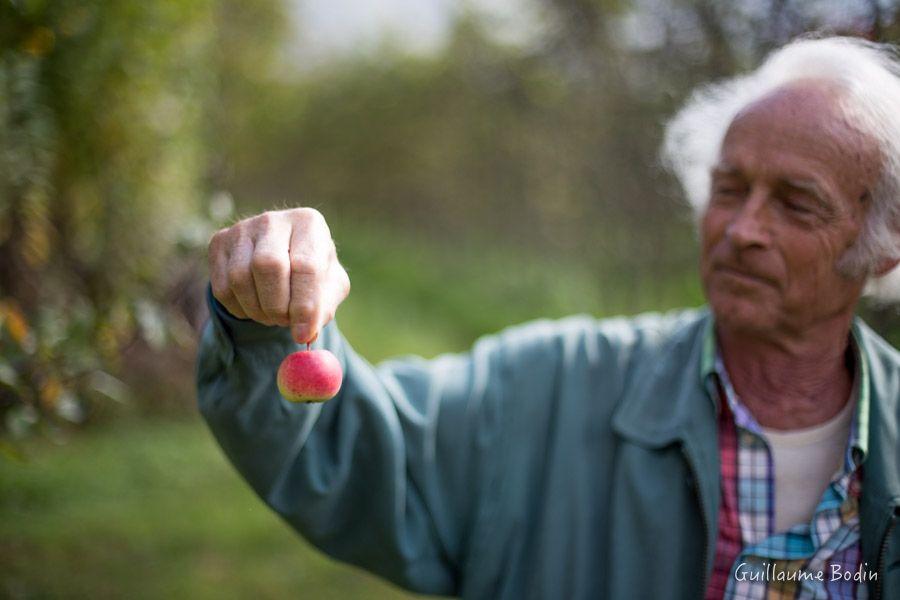
Herbert Tratter is one of those pioneers who started many years ago with the idea of not putting either copper or sulfur in his orchards and he found the solution to get there. He now works with homeopathy that he has adapted to agriculture.
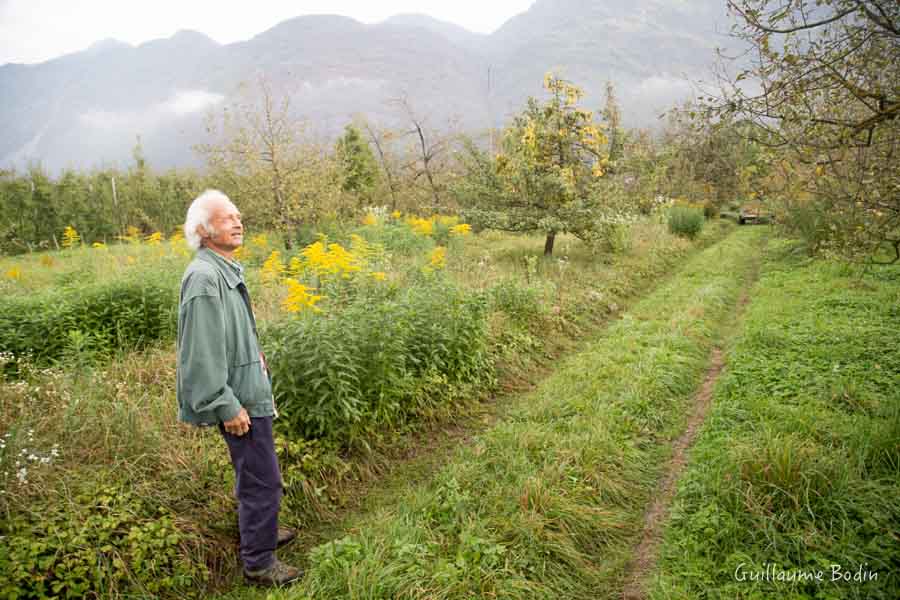
Before being peasants, Herbert traveled throught Europe as a plywood commercial. And the desire to work the land come back quickly. His companion had a little less than 2 hectares of orchards between Merano and Bolzano in the Italian Dolomites and there he embarked on this great adventure.
Not easy to develop a new technique while around him all the growers were and are pesticide -intensive consumers. From the beginning, in 1986, he made trials of homeopathy but no literature existed at that time. The first years were complicated but he finally found a method that works for over 14 years.
His method is to take a little bit of the disease or the offending insect, then make a mother tincture from the sample before being diluted thousands of times. This dilution is then stirred in water prior to each treatment. He was inspired by the concept of homeopathy in humans which has already proven itself.
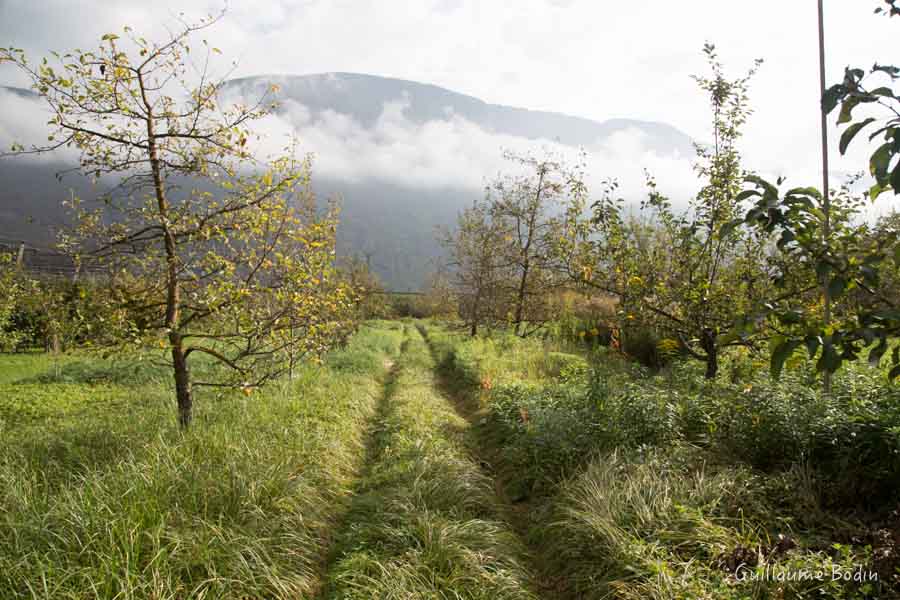
To put this in context, Herbert has developed significant biodiversity in his orchards. In addition to planting several varieties of apple and pear trees to fairly broad densities (ideally 4x5 meters), he also planted other trees and plants such as walnut trees, apricot trees and many plants that bloom at different times of the year to feed any wildlife including bees.
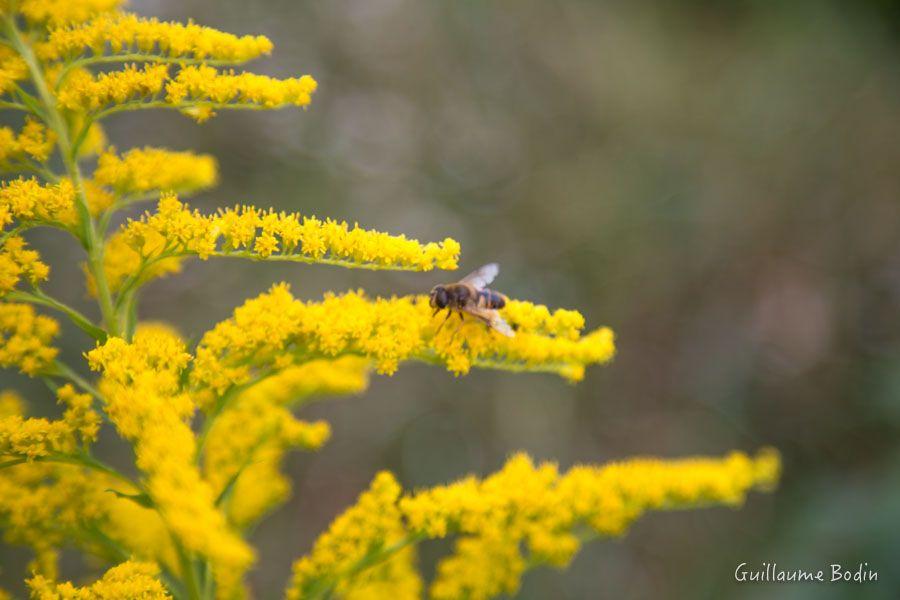
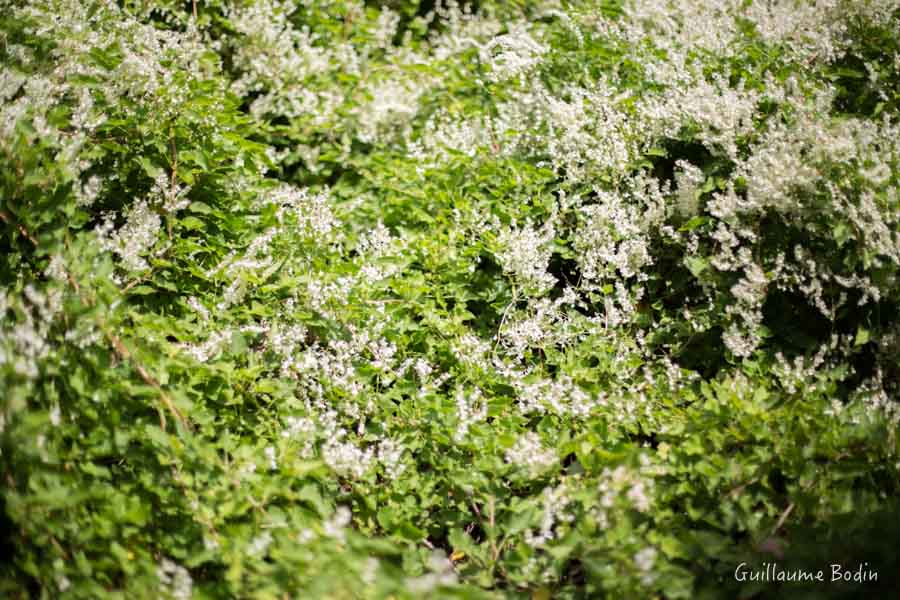
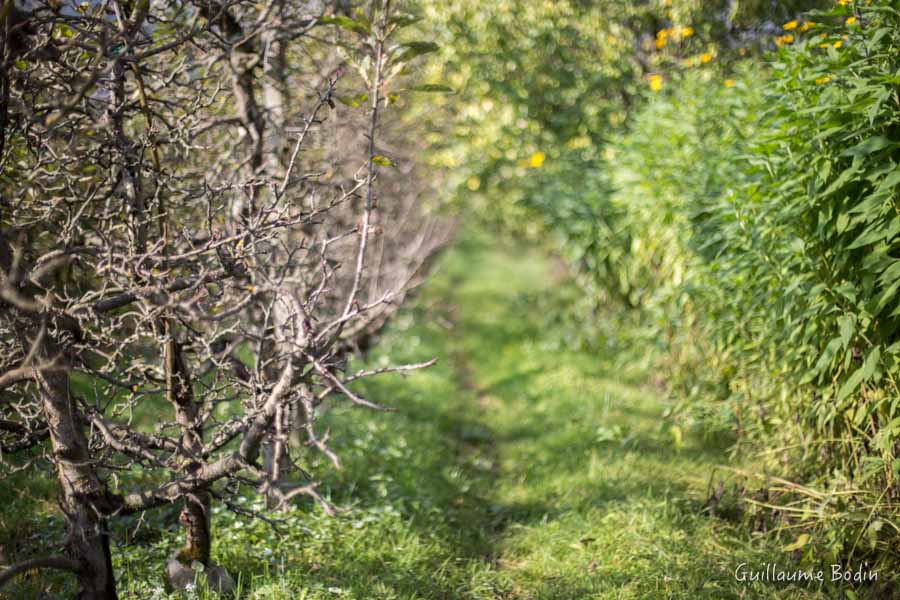
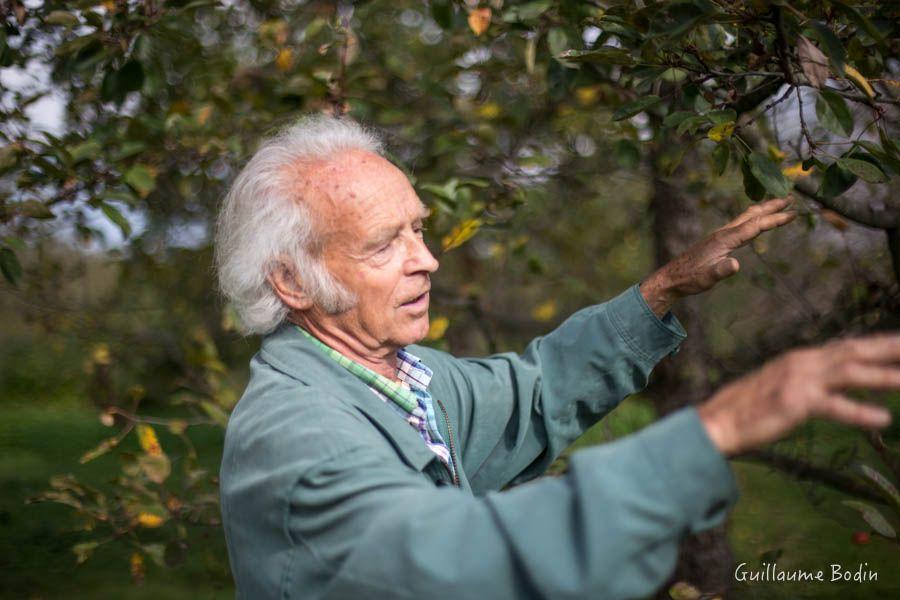

Herbert Tratter's method consists in:
1 - Make the mother tincture
- Take 15-20 microscopic fungis as soon as it begins to appear on the trees (ideally this is done under a binocular microscope). In the case of insect attack, take 15-20 live worms (with a small vacuum cleaner if necessary).
- Add mushrooms and insects (living) in 25 ml of grappa or other neutral spirits of the region and let 28 days under the sun.
- Filter all and you obtain the mother tincture.
Note :
- Each mother tincture for each disease must be separated, it is not possible to make a tincture with all diseases in one time.
2 - Make dilutions
- The first dilution consist to mix in a glass bottle of 1.5 L, 1 ml of mother tincture in 999 ml of water. Then you have to give 100 shocks (back and forth of the bottle in front of you) and you get M1 (M for dilution per thousand).
- The second dilution consist in mixing in a glass bottle of 1.5 L, 1 ml of M1 in 999 ml of water. Then you need to give 100 shocks to get M2.
- And so on until obtain M7.
Note :
- From the 25 ml of mother tincture, it is possible to make M7 dilutions for a lifetime. The mother tincture retains its properties.
- It is possible to keep the dilutions year to year. No need to go back every year from the mother tincture.
- Herbert always keeps the M6 dilution to make M7 just before treatment to reactivate the process a little.
- Each dilution for each disease must be separated, it is not possible to make the dilutions with all mother tinctures together.
3 - The stirring
Before each treatment, Herbert Tratter carry out manual stirring in a large tank of 1,000 L.
- In a tank put 900 L of water (for 2 hectares, adjust the volume to the sprayer and the surface to be treated) .
- Add 1L of each M7 dilution for each disease that must be treated.
- Stir during 30 minutes. Herbert makes cycles of 1 minute 30 to 2 minutes 30 one way, then he firmly kept his «broom» to him to slow down the movement and start creating chaos. Then he turns in the other direction for 1 minute 30 to 2 minutes 30. And so on.
- The «treatment spray» is ready to use (it's more like water !!!).
Note :
- Water should be very good , Herbert takes water from groundwater (well in the village) but it is possible to take rainwater (as for biodynamic preparations).
- The ideal water temperature is 30°C but this can vary a little bit.
- It is possible to stir several dilutions M7 in the same time.
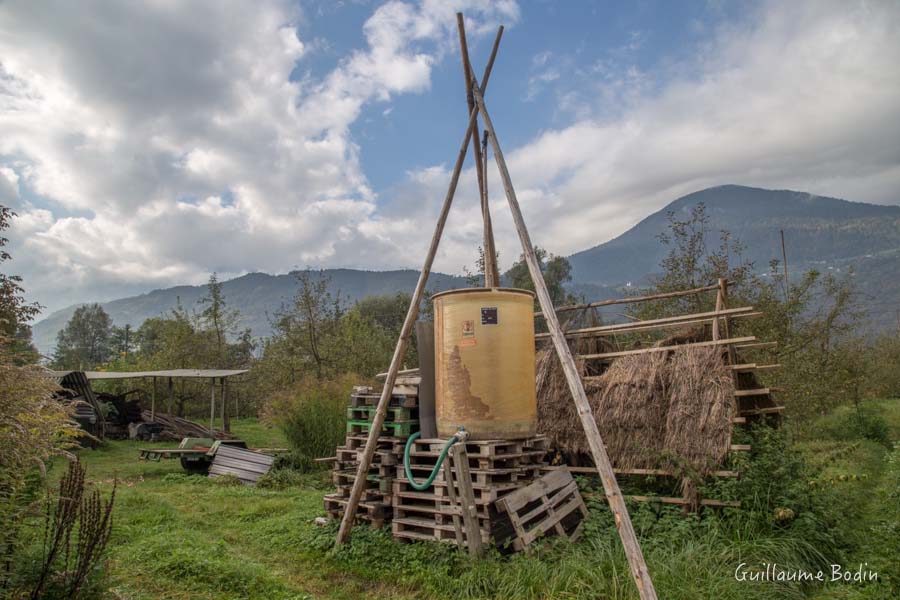
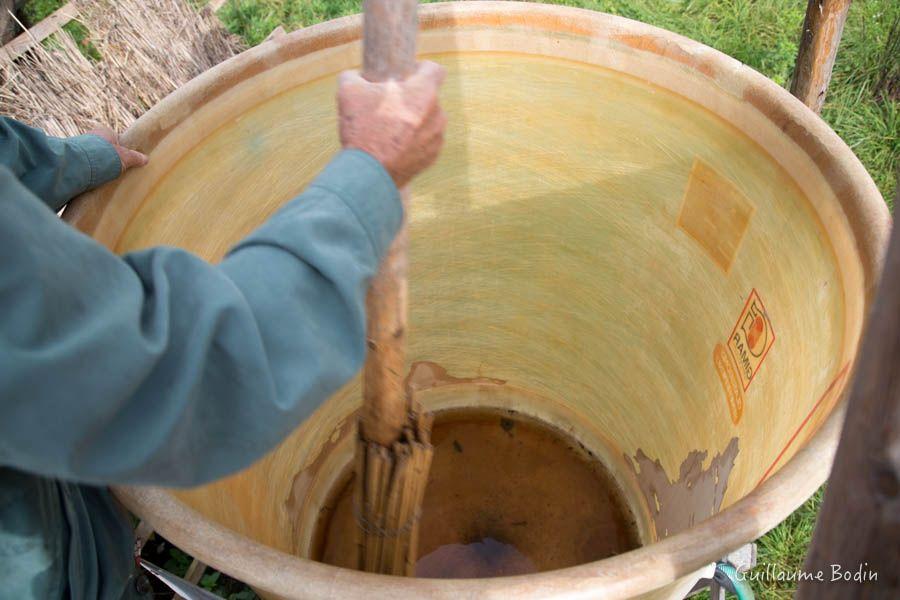
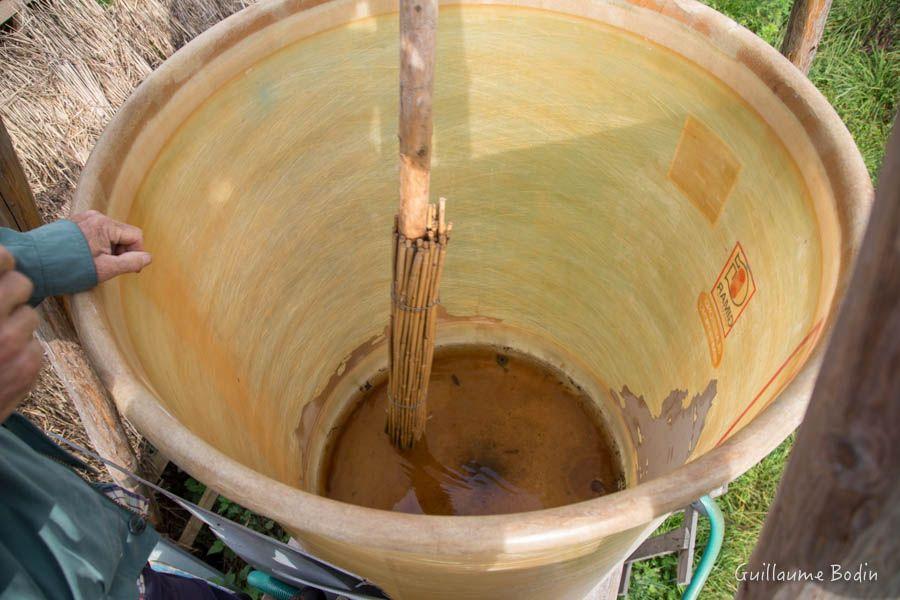
4 - Treatments
The choice of the spraying date is done in the same way as if using sulfur or copper. On an average year with a lot of precipitation, Herbert is between 15 and 20 treatments. Sometimes he make treatments in autumn to reduce the pressure of certain insects in spring.
Herbert Tratter treats mainly 5 diseases in his apple and pear orchards:
- The powdery mildew
- The scab
- The colding moth
- The cochineal San Jose
- The apple aphid
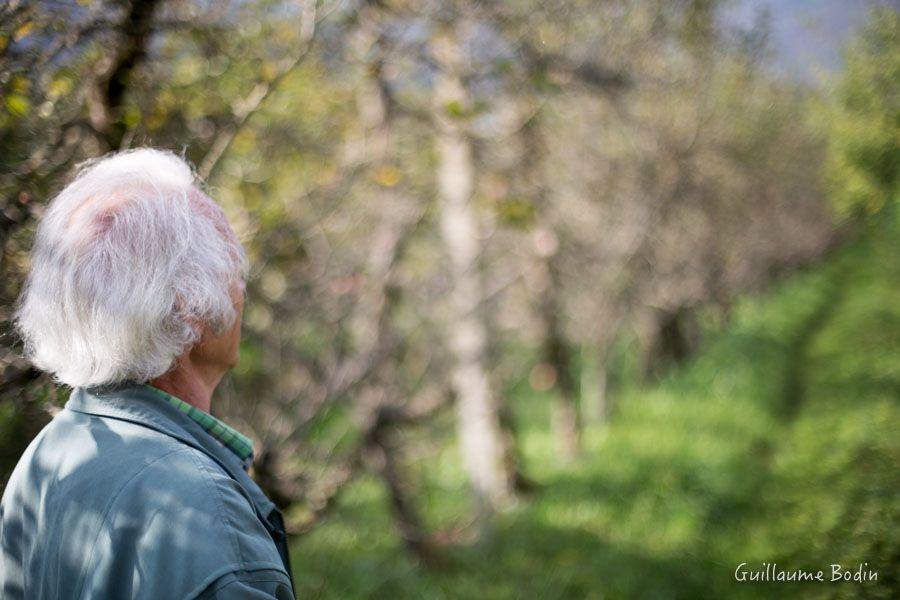
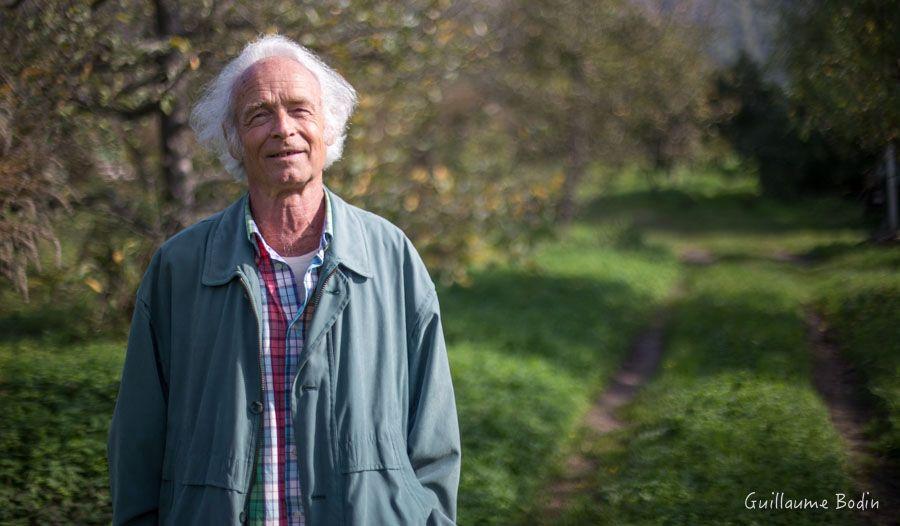
If you want more information, write to the site Contact tab and we will put you in touch with him. Herbert Tratter speaks German and Italian.
Tags: agriculture, arboriculture, herbert tratter, orchard, homeopathy


